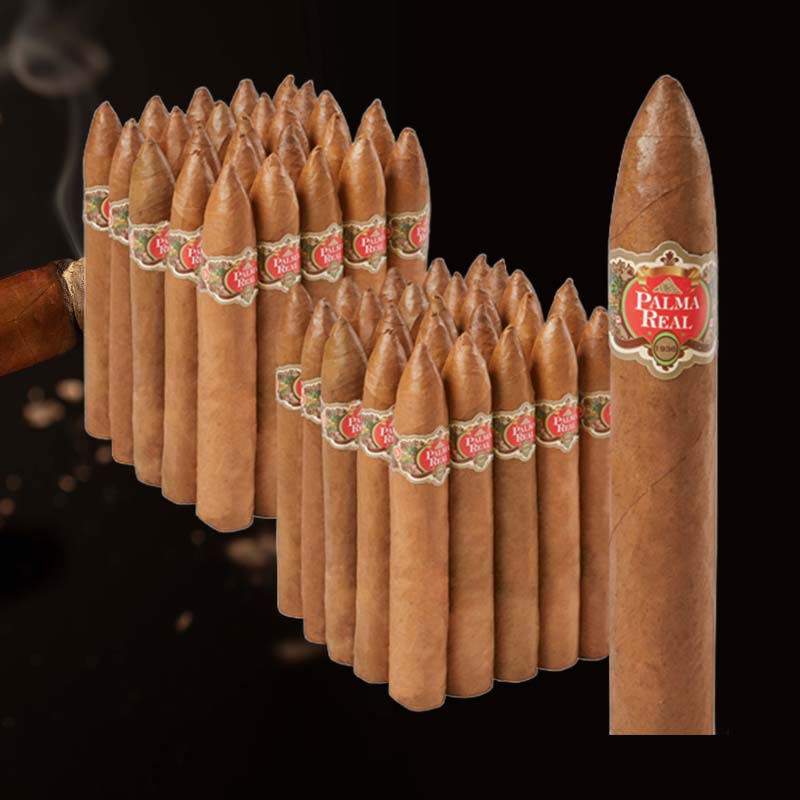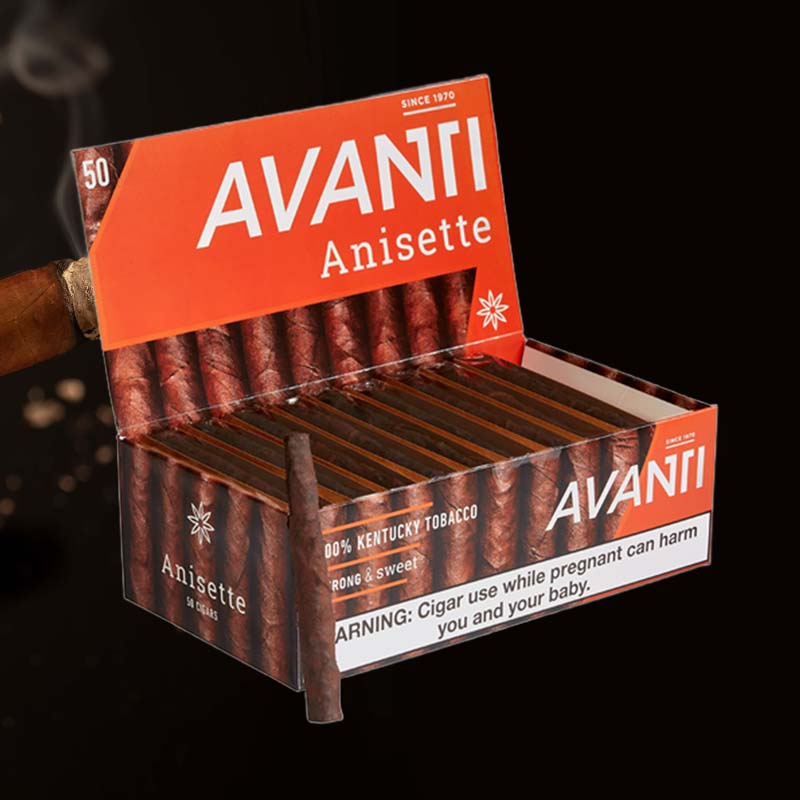How do butane torch lighters work
There’s something undeniably captivating about the bright, steady flame of a butane torch lighter. I remember the first time I flicked one open at a local cigar lounge. The moment the flame erupted, I felt a rush; the kind that said, “You’re ready to enjoy.” As I sat there, cigar in hand, I couldn’t help but wonder—just how do these lighters work? Join me as I dive into the mechanics, nuances, and charm of butane torch lighters.
How Do Butane Torch Lighters Work?
The Mechanism Behind the Flame
Butane torch lighters utilize a simple yet effective mechanism to create a powerful flame. When I press the ignition button, fuel from a pressurized tank is released and ignited by a spark, producing a hot, controlled flame. This mechanism is not only satisfying but also incredibly functional, serving various purposes from lighting cigars to crafting culinary delights.
Components of Butane Torch Lighters

Fuel Tank
The heart of a butane torch lighter is its fuel tank. Compact yet powerful, this tank holds the liquid butane that fuels the flame. It’s designed to withstand high pressure, ensuring a steady and controlled release of gas when needed.
Ignition System
The ignition system is a crucial component, enabling the butane to ignite with ease. My favorite part is the satisfying click of the ignition; it heralds the start of a bright flame. This can be achieved through mechanisms like piezoelectric elements or flint wheels.
Nozzle and Adjustments
The nozzle is where the magic happens. It regulates the gas flow and allows me to adjust the flame size based on my needs. Whether I’m lighting a delicate cigar or searing a steak, having that control enhances my experience immensely.
How the Ignition Process Occurs

Butane Gas Combustion
The ignition process is a fascinating dance. When I activate the lighter, the butane gas exits the nozzle, mixing with air. The mixture ignites, resulting in a clean, hot flame that’s perfect for lighting up my evenings.
Spark Generation Mechanisms
There are two primary spark generation mechanisms: the flint wheel and piezoelectric systems. The flint wheel creates friction by striking against a rough surface, creating sparks. Meanwhile, piezoelectric systems utilize mechanical pressure to produce an electric spark, offering a modern touch to classic lighters.
Types of Butane Torch Lighters

Jet Flame vs. Torch Flame Lighters
Jet flame lighters emit a narrow, concentrated flame, ideal for quick ignition, while torch flame lighters deliver a broader, more intense blaze. I lean towards torch lighters for cigars, as their steady heat provides a perfect light and enhances flavor.
Electric Butane Lighters vs. Flint Wheel Lighters
Electric lighters, with their windproof capabilities, provide a modern user experience, while flint wheel lighters offer a nostalgic charm. Both have their merits, but I appreciate the ease of use electric options provide, especially on breezy days.
Refilling and Maintenance Tips
How to Refill a Butane Lighter
Refilling a butane lighter is a straightforward process. First, ensure the lighter is empty and cool. Then, hold the canister upside down and insert the nozzle into the lighters’ refill valve. A quick push, and you can watch the lighter come back to life!
Cleaning the Nozzle and Components
Keeping the nozzle clean ensures optimal performance. I simply wipe it with a soft cloth, and occasionally, I use compressed air to clear any blockages or debris that may affect the flame.
Advantages of Using Butane Torch Lighters

Consistent Flame Production
One substantial advantage is the consistent flame production. No matter the weather conditions, I can always count on my butane torch lighter to deliver a robust flame whenever I need it.
Suitability for Cigars and Other Uses
Butane torch lighters are perfect for lighting cigars due to their controlled heat and lack of impurities. Whether I am enjoying a quiet evening with a cigar or engaging in culinary tasks at home, they are versatile tools that shine in various scenarios.
Common Issues and Troubleshooting
Troubleshooting Ignition Problems
A veces, igniting may not go as planned. If this happens, ensure that your lighter is full and that the components are clean. Adjusting the flame can also resolve stubborn ignition problems.
Addressing Fuel Flow Issues
If the lighter isn’t functioning properly, check for blockages in the nozzle or an empty fuel tank. It’s amazing how often a good clean-up solves persistent issues!
Safety Considerations when Using Butane Torch Lighters

Handling Butane Safely
When using a butane torch lighter, safety is paramount. I always keep it away from heat sources and am mindful of my surroundings when lighting. Following basic safety protocols ensures enjoyable experiences.
Understanding Flame Adjustments
Adjusting the flame is vital for both safety and functionality. I often find myself turning the flame down when handling delicate materials and cranking it up when I’m using it outdoors.
Features to Look for in a Butane Torch Lighter

Adjustable Flame Settings
When reviewing options, adjustable flame settings top my list. These allow me to customize the flame to suit different tasks, creating a more enjoyable user experience.
Durability and Design Considerations
A durable design is crucial, especially when I’m enjoying my time outdoors. The weight and feel of the lighter often influence my choice, as I like something that feels substantial and reliable in my hand.
Conclusión: Optimal Use and Care of Butane Torch Lighters

Final Tips for Enjoying Your Lighter
With proper care and understanding of its components, a butane torch lighter can become a trusty companion for years to come. Always keep it clean, safely stored, and ready for your next adventure, whether that’s lighting a cigar or embarking on a culinary quest.
Preguntas frecuentes
How does a butane torch igniter work?

A butane torch igniter works by releasing pressurized butane fuel into the air, where it ignites upon contact with a spark created by an ignition system, producing a consistent flame.
How does a butane lighter light?
A butane lighter lights by drawing liquid butane from its fuel tank, which then vaporizes and mixes with oxygen in the air. When an ignition source creates a spark, the mixture combusts, resulting in a flame.
How do butane lighters ignite?

Butane lighters ignite through a process where the released butane gas is sparked by either a flint wheel or an electronic mechanism, creating a flame almost instantaneously.
What is the difference between a butane lighter and a torch lighter?

The primary difference is in flame design. Butane lighters produce a softer flame, ideal for general use, while torch lighters generate a more intense, focused flame suitable for tasks requiring higher heat.





